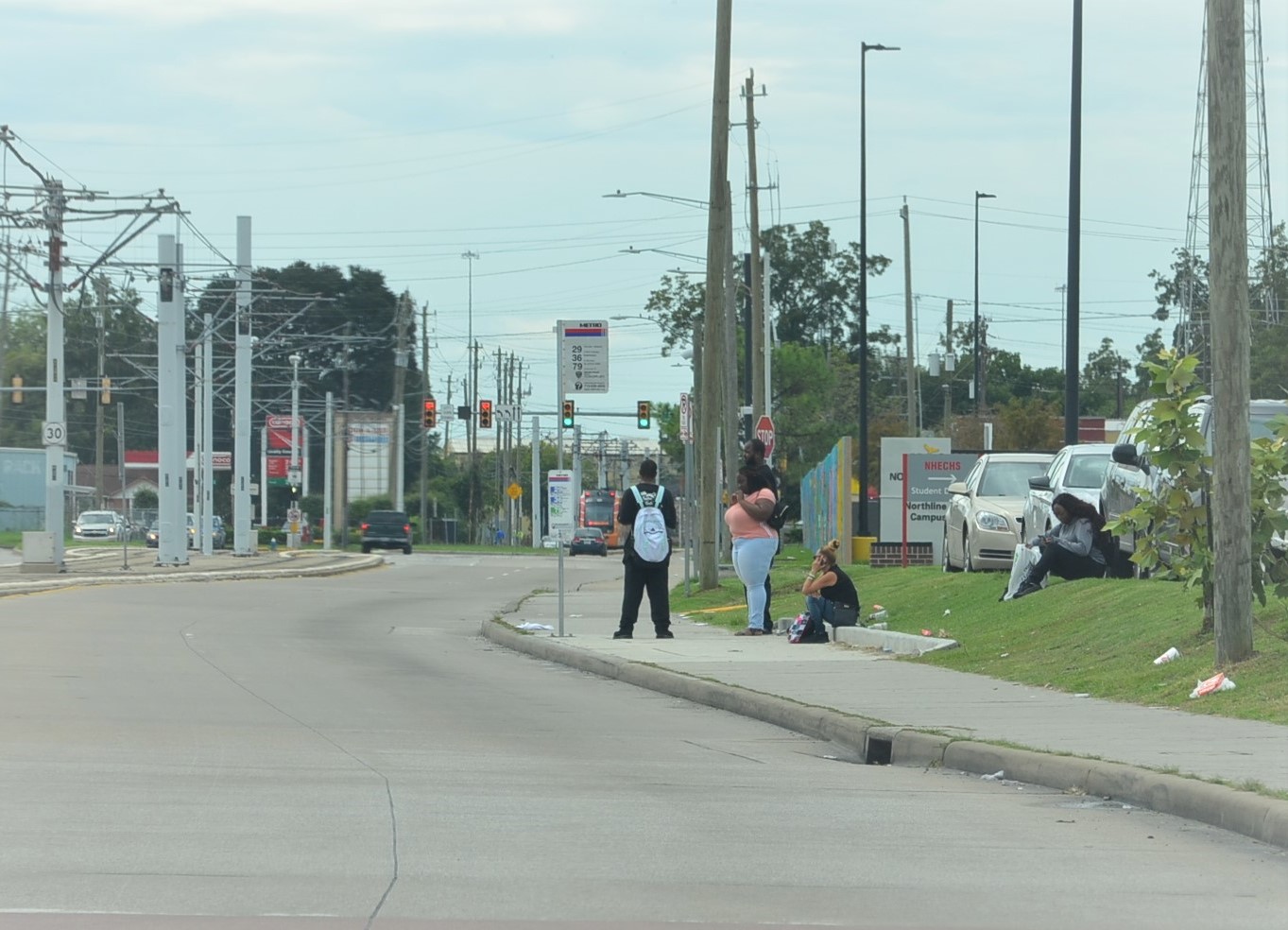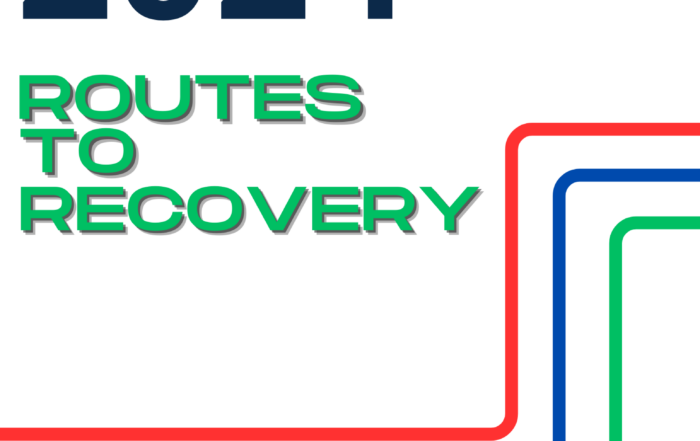Our Focus
Ensure Inclusive Mobility
We strive to ensure that people can move around the region affordably and sustainably by walking, rolling, biking, and riding transit.
Well-designed and well-implemented transportation infrastructure connects people to opportunity. People who walk, use a wheelchair, bike, or ride transit in Houston face non-existent, poor quality, or even dangerous infrastructure and slow or disrupted services. We aim to improve the quantity and quality of mobility options, especially in communities of color where transportation infrastructure and service investments have lagged for decades.
Our Vision
Equitable and just climate investments in frequent, reliable, accessible, and safe transit, walking, and biking will result in affordable and environmentally sustainable transportation options to reach jobs, school, food, healthcare, and other opportunities. This means high-frequency transit in areas with high demand for affordable transportation; lives saved among people walking and biking; and affordable, zero-to-low carbon emissions mobility options, especially for communities of color.
Mobility in Houston
In the METRO service area:

~1.3 million people
live in areas with high demand for affordable transportation options

~53,000 people
commute primarily by transit

~93,000 households
have no vehicle
In Harris County:


Black people are 19% of the population, yet 30% of people killed while walking or biking
Our Equity in Transit Reports
In 2018, LINK Houston developed the Transportation Equity Demand Index (TEDI) comprising 15 socio-economic and land-use indicators to determine where people need affordable transportation the most and where it is most feasible to equitably invest in public transit to improve access to opportunity. The 2018 report helped inform METRONext, the region’s long-range transit plan which voters approved in 2019. LINK Houston continues to update and release the Equity in Transit reports in 2020, 2021, and 2022 to measure progress, provide data and lived experiences to community members to hold decision-makers accountable to the promises they make. You can view the reports and supporting information below.
Our Recent Ensure Inclusive Mobility Work
Keep Communities United
We strive to keep communities united in the face of public infrastructure projects, particularly highway expansions that displace families and exacerbate climate change.
Advocacy plays a key role in amplifying the voices of communities of color that have repeatedly been torn apart by systemic racism in urban and transportation planning. The North Houston Highway Improvement Project (or I-45 North expansion) and other, similar projects displace residents and divide communities from one another and from needed services.
Our Vision
Equitable and just climate investments in transportation infrastructure would transform an expansion like I-45 North project into one that maintains communities and provides access – instead of a barrier – to important destinations and opportunity. This means protecting families’ homes and affordable housing, preserving historic and cultural sites, and ensuring high-quality infrastructure for people walking, biking, rolling and riding transit.
Communities Impacted by Highways in Houston

The North Houston Highway Improvement Project would displace 160 single-family residences, 433 multi-family residential units, 486 public and low-income housing multi-family units, 344 businesses, 5 places of worship, and 2 schools.

TxDOT’s plans do not include a traffic study for impacts on local streets.

TxDOT’s Final Environmental Impact Statement acknowledges the additional roadway capacity will attract rerouted trips, meaning that it will induce traffic demand.
Our Recent Keep Communities United Work
Increase Transportation Access to Housing
We strive to increase access to opportunity, particularly concerning affordable housing, as well as access to work, education, and healthy living.
Houston faces a decreasing supply of affordable housing, increasing rents, and an eviction crisis. Additionally, residents continue to spend a high proportion of their income on transportation, reflected by increasing costs of vehicle ownership per household. These transportation costs compound the affordability challenge. In order to address affordability for Houstonians, we must consider housing and transportation costs together.
Our Vision
Equitable and just climate investments to increase transportation access to affordable housing will result in Houston being a truly affordable place to live. This means high-quality, affordable, environmentally friendly transportation infrastructure – sidewalks, bikeways, and transit services – being within reach of the region’s affordable housing.
Housing and Transportation in Houston

1 out of 3
of affordable dwellings is near high-quality, affordable transportation.

The average household spends 25% of income on housing and 20% on transportation — right at the 45% threshold of cost-burdened.

The average moderate-income Houston household spends 31% of income on housing and 22% on transportation – putting moderate income households firmly over the 45% threshold of cost-burdened.

